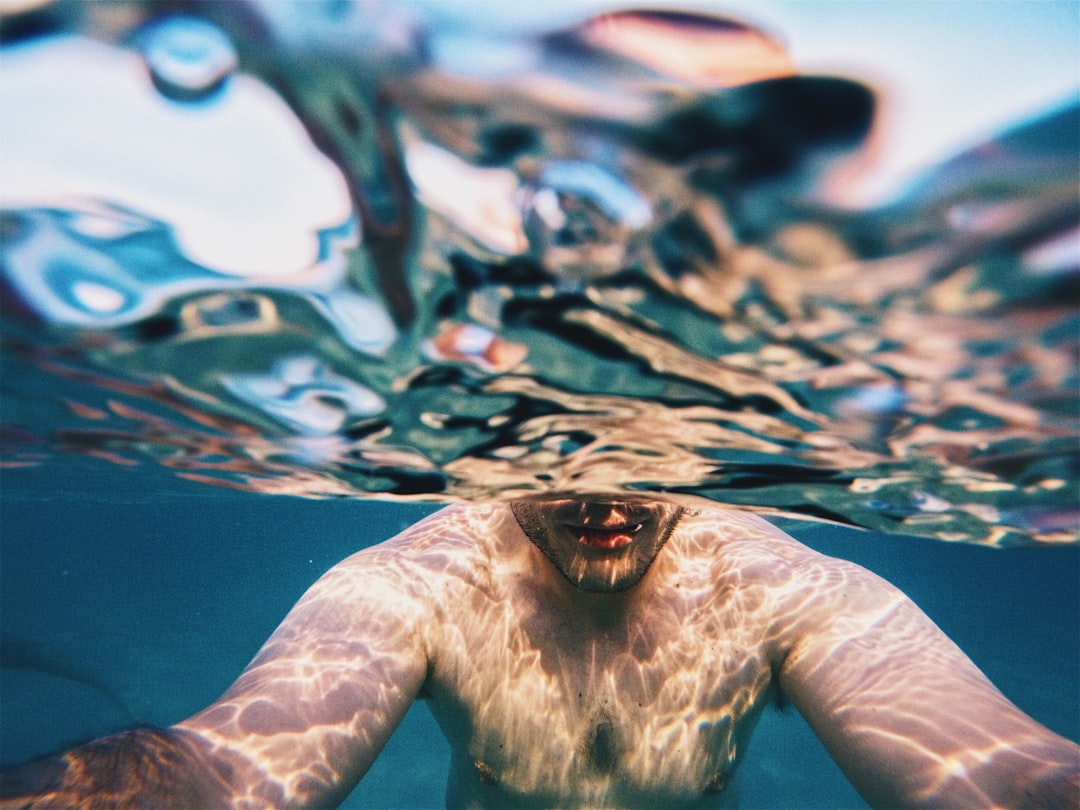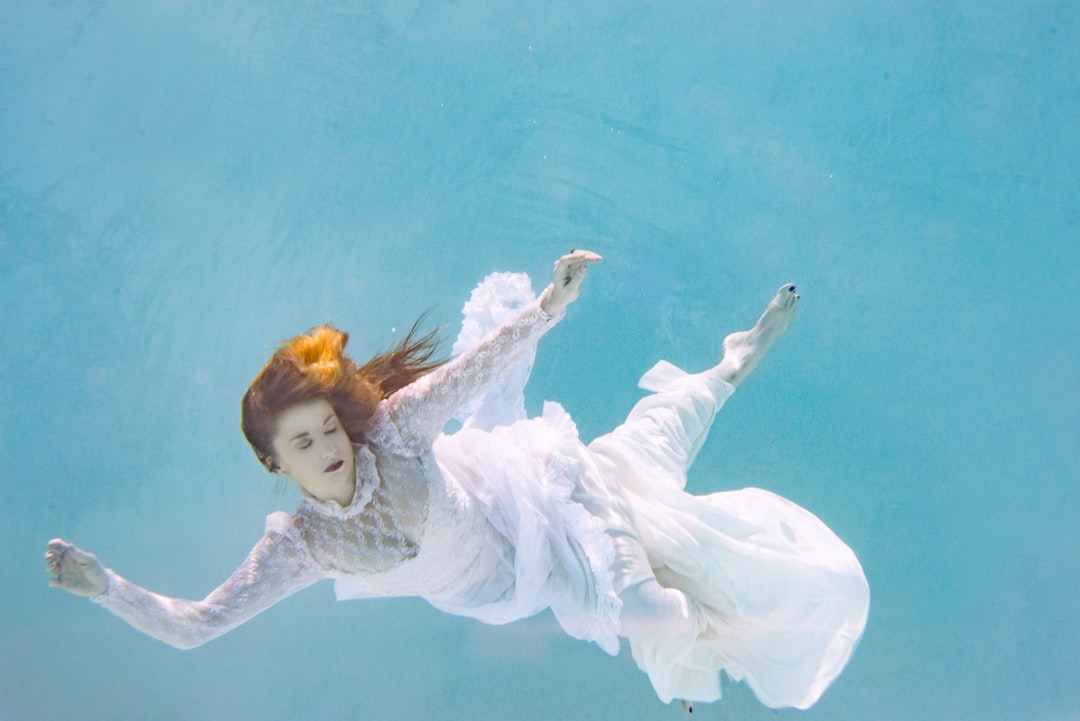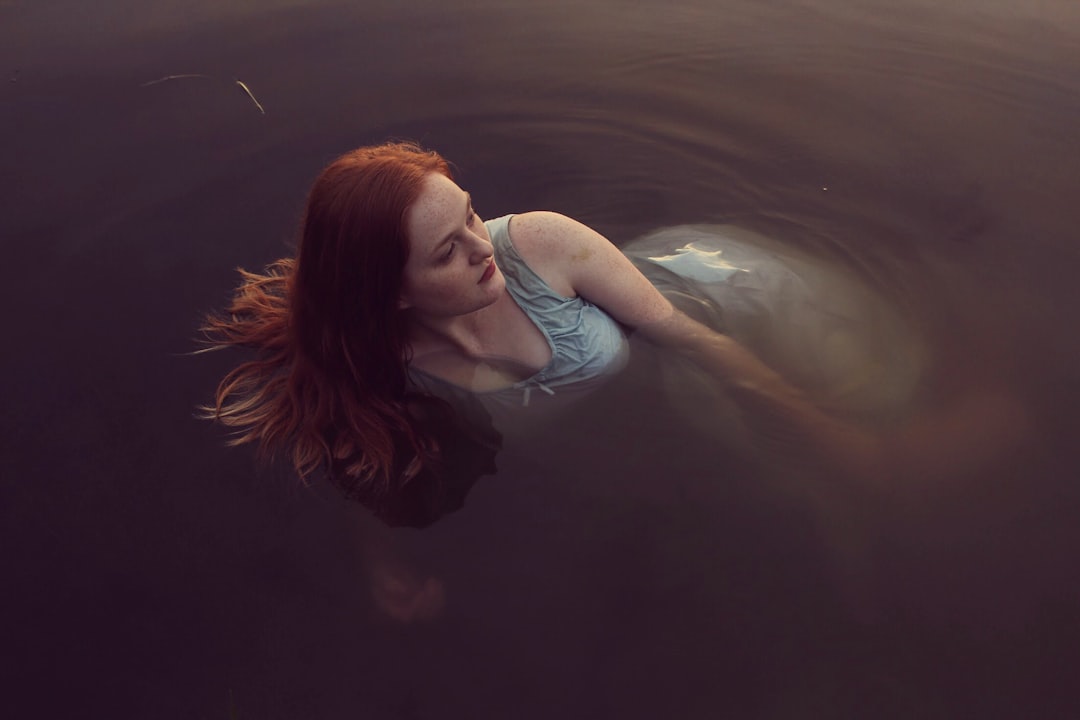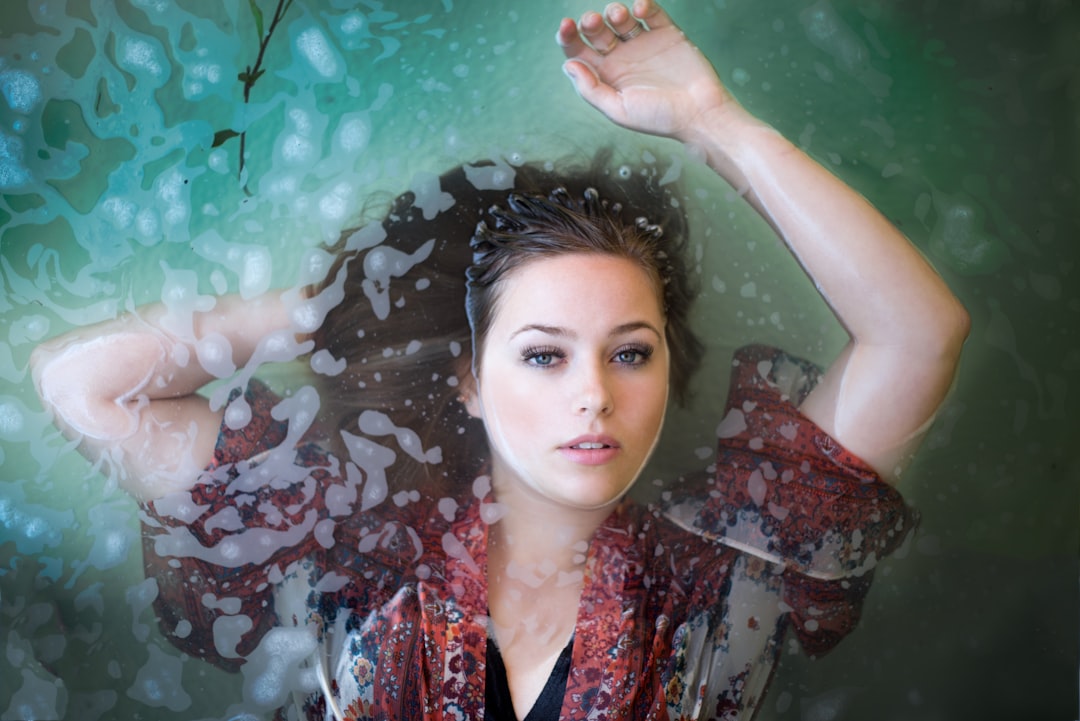Underwater photography is an incredibly fun hobby but, as is often the case, there are a few things that can get in the way. Here are a few useful tips to help you avoid these issues and enjoy your underwater experiences more.
Table of Contents
Some tips for Underwater Portrait Shoot
1. Use a waterproof case or bag to keep your camera safe.
2. Practice. Practice, practice, practice. You’ll never learn anything if you don’t put yourself out there.
3. Take notes to learn after the shooting. You should take notes after you shoot, particularly in order to improve your photography skills later.
4. Try to minimize the impact of any bubbles and other objects in your shot by controlling your breathing and not moving as much.
5. Use a tripod. If you’re doing longer exposures, you will need a sturdy tripod to keep the camera steady. You should also use a neutral density filter. If you’re shooting with a wide angle lens, you may want to use one.
6. Make sure your aperture is set at F11 or lower if you have an SLR camera and at F11 or lower if you have a point and shoot. You want to ensure that the depth of field is narrow enough that any movement is sharp.
7. Check the ISO setting on your camera. Ideally, you would shoot with the lowest ISO setting you can get away with and still capture detail in the subject. If you are shooting using manual focus, you may want to consider using smaller apertures.
8. If you are using flash, use low power settings and set it for a wide enough beam pattern.
9. Use a remote trigger if you are using an underwater camera with a hand-held trigger. Otherwise, you should be able to control the shutter speed and aperture manually.
10. Don’t hold the camera above your head! This makes it more difficult to see the screen, which is important for framing the shot. If you’re using a DSLR or point and shoot, set your camera on a tripod or some other steady platform.
11. Try to shoot in low light. The lower the light level, the sharper your images will be. However, don’t go overboard and try to use a flash in dimly lit areas, as this will wash out the colors. You may want to try to shoot in places like ponds, lakes, or rivers where there is plenty of ambient light.
12. Make sure your camera is completely dry after every use. You should always carry it out of the water when you are done. Otherwise, moisture will condense inside your camera and could damage it.
13. If you’re taking long exposures, make sure that your camera is dry before you put it away.
14. Take a few extra memory cards with you if you think you may need them. This will give you a backup should you run out of memory while shooting.
15. Don’t forget to take off your lens cap when you put the camera away. This will prevent condensation from forming inside the lens.
16. You may want to invest in an underwater housing for your camera. An underwater housing will keep the camera steady while allowing you to use wide-angle and telephoto lenses.
17. Consider investing in a dive computer. These can be used as an electronic compass, timer, and depth gauge. They are often cheaper than hiring a professional diver for the day, and they are a convenient way to keep track of where you are and how deep you are at all times.
19. If you are shooting videos underwater, don’t forget to use a waterproof housing for your camera.
20. Make sure that you are using a good quality memory card. Low quality memory cards may have a very short lifespan, which can be dangerous when you’re dealing with expensive equipment. You should try to get your camera’s memory card checked by a professional. Most memory cards are manufactured to specifications set by the International Standards Organization (ISO). The ISO is the standard set by professional photographers, so they know what should and shouldn’t work when it comes to image storage.
Diving Equipment
The most important thing to remember is to only go diving when you are completely comfortable with your equipment. Your dive equipment should always be checked before you leave the house.
Wetsuits
Make sure that your wetsuit is checked before you go diving. Make sure that the fit is good and that there is no leakage. Do not wear a wetsuit that is too big as this could restrict your movements and make it difficult to breathe properly.
The material of your wetsuit should be comfortable and should allow you to move freely without restricting your movements. Some people even like to wear swimming suits underneath their wetsuits for more freedom of movement.
Camera
Make sure that your camera has been checked, and that all of the settings are correctly adjusted for the conditions in which you are going to dive. If possible, ask a friend or relative to check your camera settings and adjust them, so that you are completely comfortable with the settings before you start diving.
If you are planning on using a different lens for underwater photography, make sure that it is also checked before you go diving. Do not buy a new lens until after you have experienced it underwater as there will be a learning curve for both you and your new lens.
Camera Settings
If you are planning on taking pictures underwater, make sure that the depth of field is set to an appropriate level. You can do this by pressing the depth of field button when you are on the ‘Set’ menu. If you are photographing from a boat, try to avoid the use of a tripod. It’s often too difficult to hold one steady while you are sailing through the water, especially if the wind is strong.
Learn to breathe properly when shooting underwater photos
When shooting underwater photos, it’s important to remember to breathe properly. Breathing through your nose will help you to avoid gasses that can make you feel lightheaded and sick. And breathing through your mouth will help you to avoid water getting into your lungs.
How do I choose the best type of lens for underwater photography?
You would be right in thinking that you want to use a wide angle lens if you are shooting close up, such as in macro mode. A wide angle lens will create the most distortion, so make sure you check the depth of field (field of view) on your camera to see how much will be lost in the shot. A wide angle lens also makes your image smaller. For general photography you would be better off using a normal focal length lens. A normal focal length lens will give you a good depth of field and a decent amount of magnification.
It is important that you use a lens with a fixed aperture setting. If you don’t have this, you will need to use a neutral density filter and adjust the settings on your camera manually. If you have a fast shutter speed, you may want to consider using a fast prime lens.
These are usually made for macro photography, but can be used for general photography too. A fast prime lens will not suffer from chromatic aberration. Chromatic aberration means that different wavelengths of light are not focused onto the sensor at the same time, so they appear in different places in your image.
If you are shooting in low light, or if your subject is moving, this could be a problem. You will also need to use a wide angle lens when shooting with a fast shutter speed, so try to find one that covers a similar angle of view as a wide angle lens.
A great way to learn about photography is to join a local club or photography society. You will meet people who are willing to teach you new skills and share their knowledge. Some photographers even have photographic competitions.
What is the salary for underwater photography?
The salary for underwater photography can vary depending on the experience and qualifications of the photographer.
Underwater photographers who specialize in the sport or commercial use of their skills usually charge a higher fee than those who shoot just for fun or for personal use. However, some underwater photographers offer their services for free, or at very low rates, so they can get their name out there and gain experience. The market for underwater photography is growing rapidly.
Conclusion
For underwater shoots, the most important thing is that you keep a clear head. This is because the conditions you will be shooting in are so dangerous.
If you are not prepared for an underwater shoot, you could end up with some serious injuries or worse. That is why you need to be extra careful when you are going out on a shoot.
This is why I suggest you take the time to prepare yourself before every shoot. That way, you will be able to do a great underwater shoot and come home safe.




